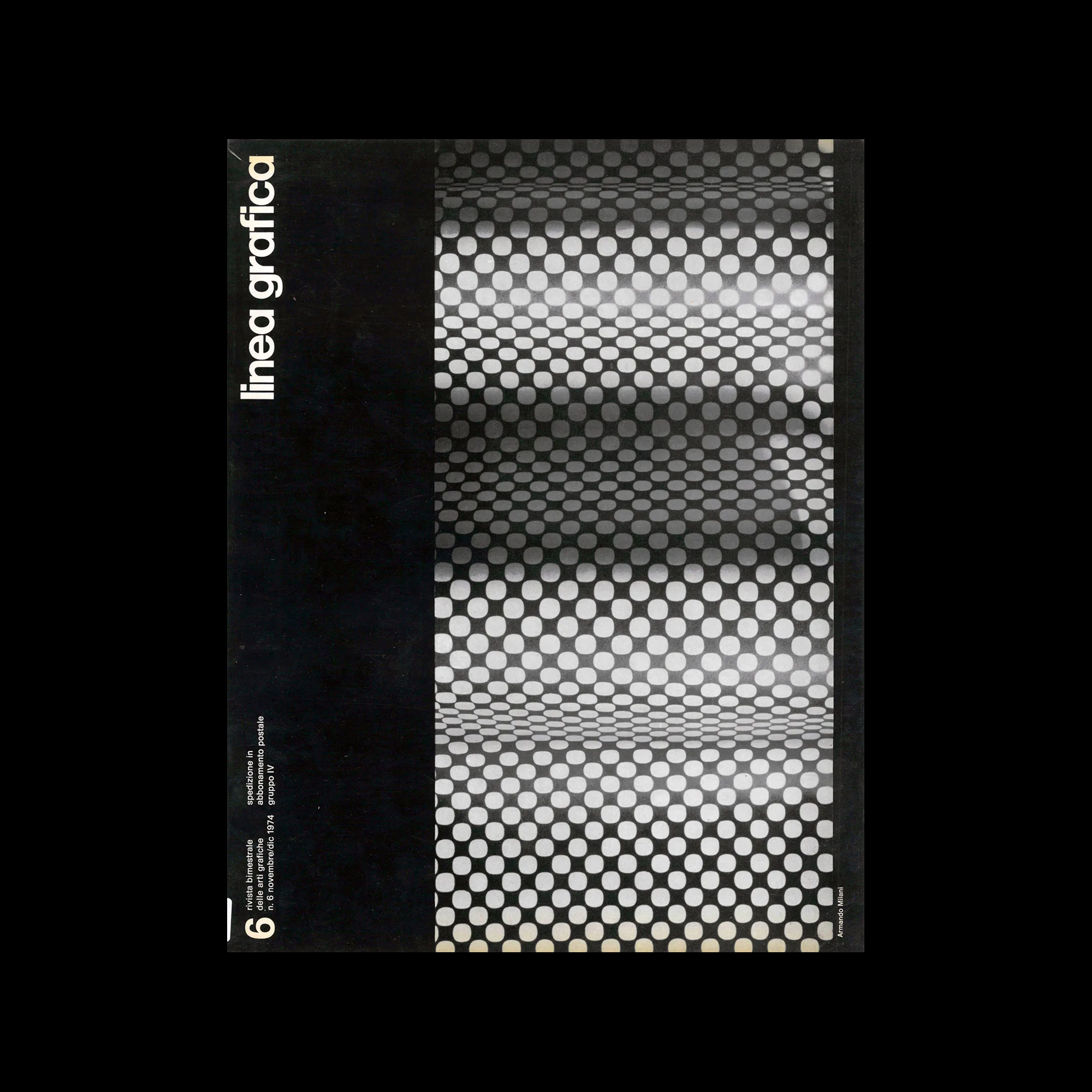
Information
Content includes:
Fabio Mataloni: « The sudden disappearance of Gustavo Montanaro »
Dino Villani: « Modern graphics are Milanese and forty years old »
Lica Steiner: «Point and line in graphics »
A.G.: « Cancellations and propaganda »
G.M.: « Willem Sandberg in Paris »
Luisa Rollier: « Design in games »
Antonin Dufek: « The VI Brno Biennial »
E.R.: « The image of Finsider in 1974 »
Enzo Rava: « Taxes and semantics »
Mauro Manciotti: « Red iron, green earth »
Salvatore Maugeri: « Art monographs »
Attilio Giovannini: « Cinema for everyone »
A.F.C. Montgomery: « The crisis must promote self-criticism »
Josef Pfister – C.O. Mertin: « Reading machines or perforators
with automatic justification »
A.G.: « Images taken »
G.V.: « Images of your choice »
Carlo Munari: « The arts »
« Technical newsletter and reports »
« Summary in French and English »
Details
Linked Information
